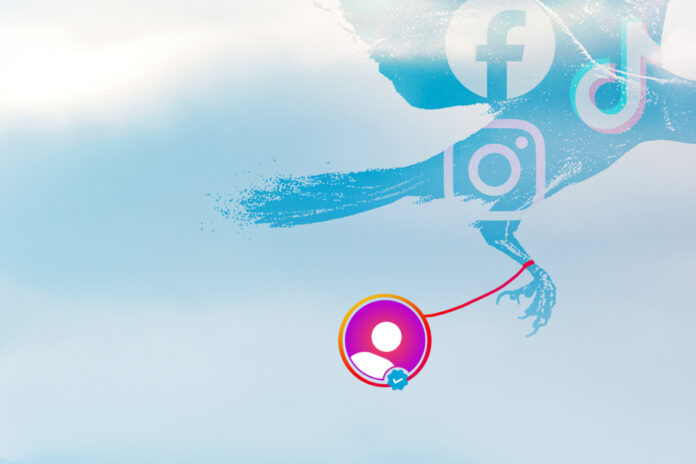Social networks, including Facebook, Instagram and TikTok, pose a painful dilemma for businesses. Essential marketing tools for certain companies, these platforms can be hacked, can modify their conditions without warning, multiply their prices by 4 or 20 or completely close accounts. Is it worth the risk? Some tips for reducing your dependence on social networks.
Kenza Bouchard, co-founder and co-owner of the online jewelry store Ken
As of 2016, Ken’s “98% of sales”
“I had to hire a “white hacker”, a nice hacker who was able to give me access again for $2500. It’s not normal for you to put $100, 200, $300,000 in advertising per year and be told “Too bad!” when you get hacked. »
Marilyne Bouchard, founder and CEO of BKIND, has also had cold sweats with these two social networks, although her misadventures are less dramatic. The company which offers natural body care products has used Instagram “a lot” since 2014. It has 88,000 subscribers who have been treated to 1,816 publications, sometimes promotional, more often informative or simply funny on delivery, techniques or the effects of the products.
At the same time, it invests hundreds of thousands of dollars per year in advertising on Facebook. Which did not prevent the social network from closing his access three times, apparently for no reason. “A month before we opened the store, in 2019, Facebook decided to block our account, we could no longer publish anything,” says Ms. Bouchard. I cried about it. » This blockage had already occurred twice, “for nothing”. “They mistake you for someone else, I don’t know, it’s their algorithm. You have to prove that you are not someone else, and they have deadlines of up to six weeks. »
Maryline Bouchard relies on her store opened in Mile End, in Montreal, on transactions on her own site as well as on sending newsletters to depend less on social networks. “We haven’t put all our eggs in one basket, that would be extremely damaging. » At Ken’s
Asked to explain Ken’s misadventures
The model is similar at Sushi à la maison, which offers home chef, delivery and sales services at eight counters in the province. Its founder, Geneviève Everell, states from the outset that she “swears only by social media”. “That’s what brought me to life. »
But with counters, a transactional site and newsletters, she says she is aware of the importance of “working in another way” to reduce her dependence on social networks. “For our generation, it’s taken for granted, we have the impression that it’s there forever. But I see my 7 year old has zero interest in social media. We have a generation that will be less focused on these platforms. »
Managing to bring your community out of the social network to attract it to your own site or store is “the Holy Grail, the absolute objective”, confirms Virgile Ollivier, CEO of Livescale, which offers companies marketing and sales strategies. online.
“On my site, I have a lot more data on them, I give a lot less to the social networks who use it for monetization. »
He also suggests to his clients to diversify advertising platforms. “We are going to offer supplements. Rather than putting 100% of advertising on social networks, only put 70% and allocate part of the budget to purchasing experiences that will allow you to differentiate yourself. »
Why reduce this dependence? Mr. Ollivier notes that prices charged by social networks have exploded after a low at the start of the pandemic. Marilyne Bouchard of BKIND, for example, estimates that it cost her $5 in social media investment in 2020 to get a sale. This “cost of acquisition” has increased 20-fold in the last year.
“At the start of the pandemic, costs were so low, we had never seen that: we had so many orders that I told the advertising guys to stop buying them,” summarizes Marilyne Bouchard. At one point it went to $100. The algorithm changes a lot, I don’t know how it’s calculated. It’s difficult to predict your advertising budgets. »
Another example reported by Mr. Ollivier: TikTok, perceived as the El Dorado for accessing young people, now prohibits its users from adding links to transactions outside the platform.
Companies, he agrees, are “more or less successful” in freeing themselves from social networks. “There are very large companies that manage to recover 30% of their audience, with 70% in social networks. It’s a daily battle. »















